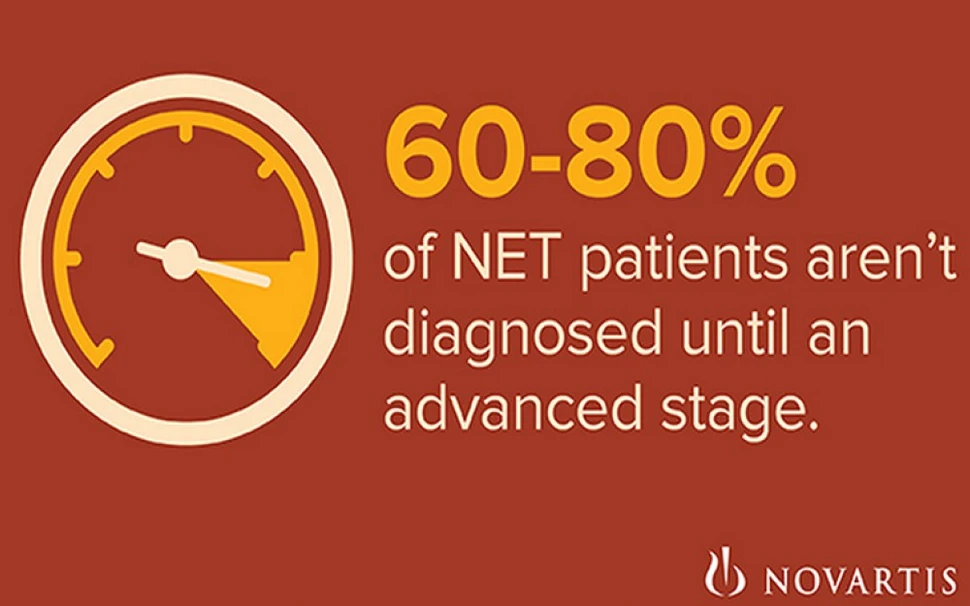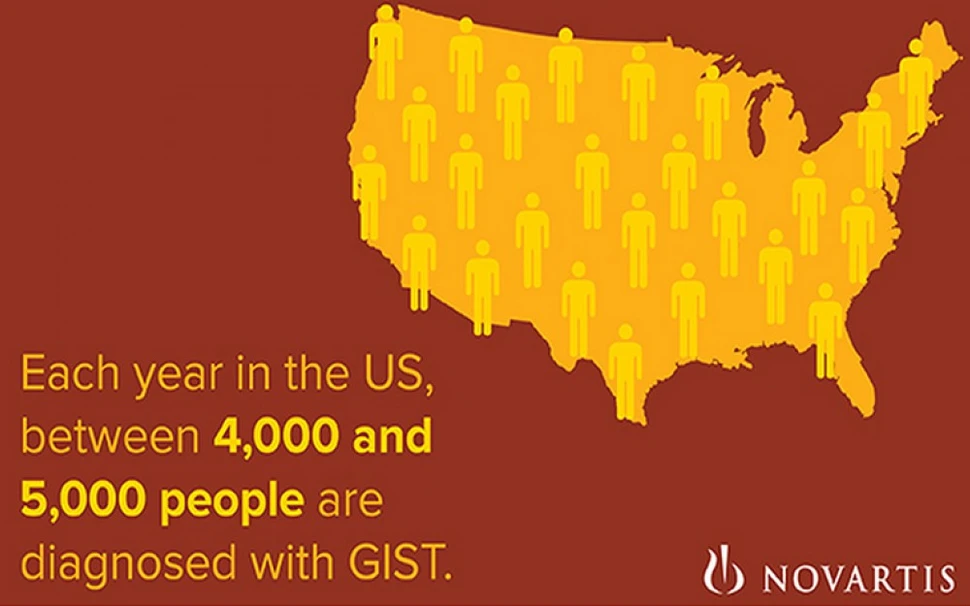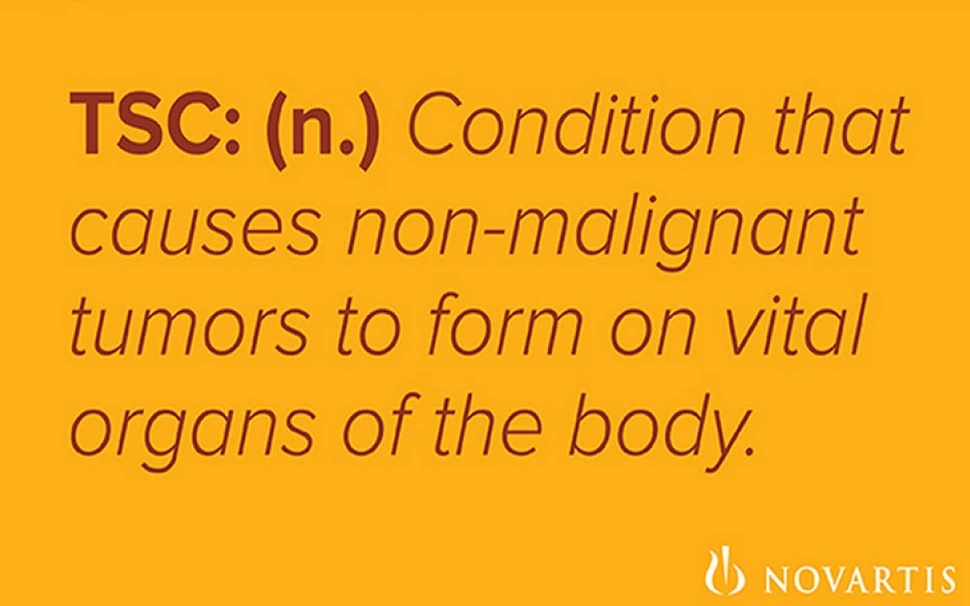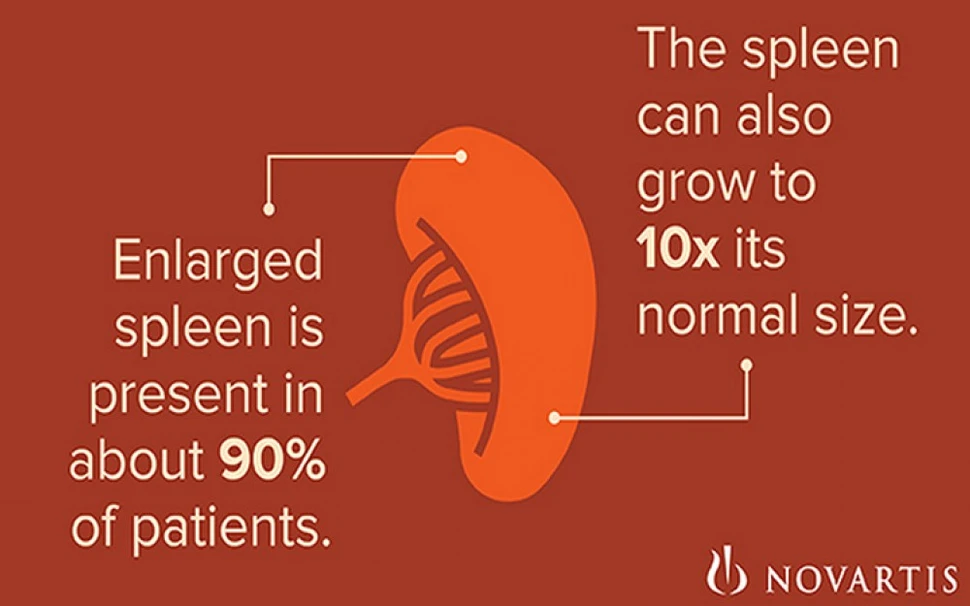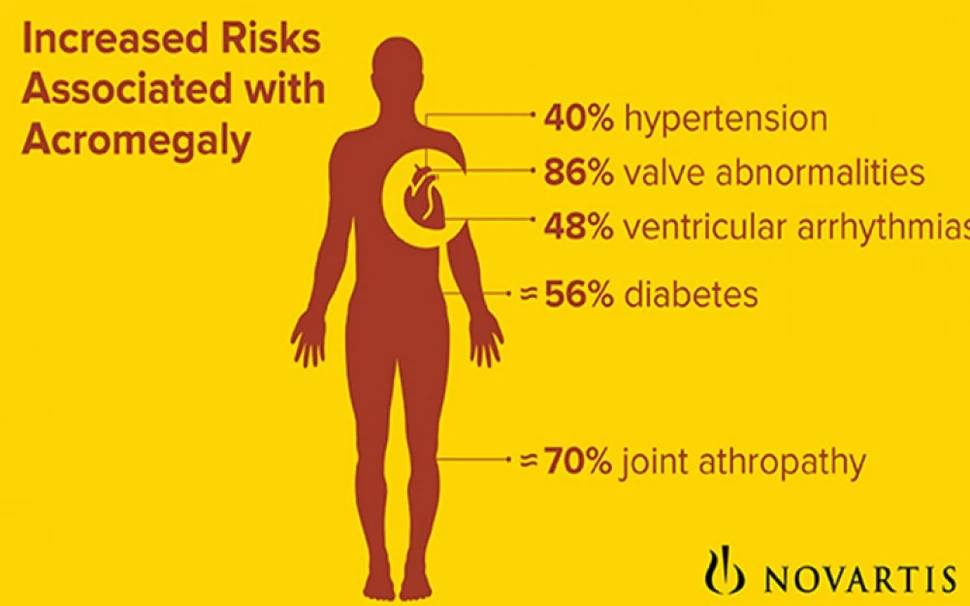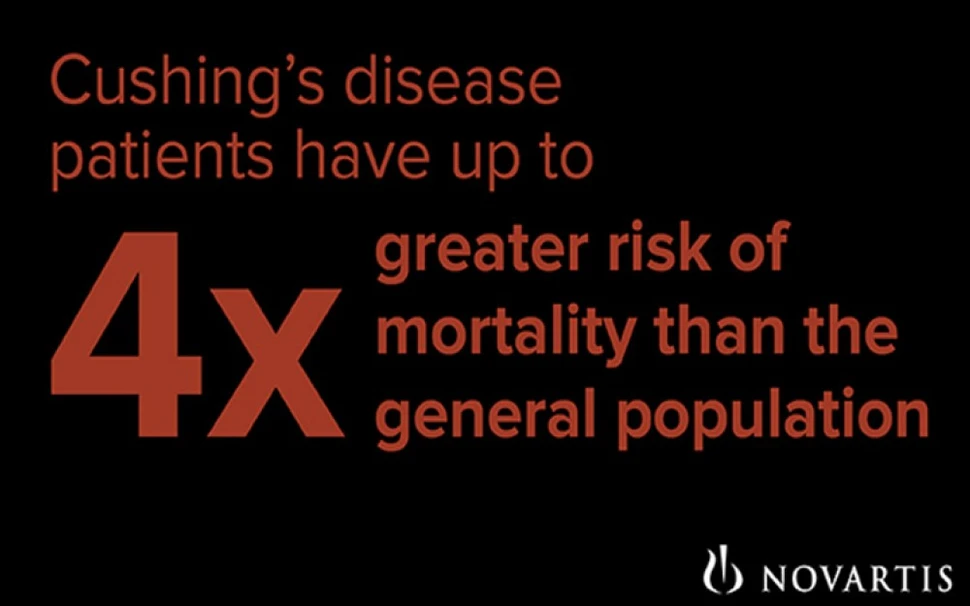Addressing significant unmet medical need is a cornerstone of Novartis strategy and why we spend so much time and energy researching rare diseases. In honor of Rare Disease Day, an annual, international awareness-raising event, we’re speaking up about rare diseases and we invite you to do the same.
By definition, a rare disease affects just a small fraction of the population—fewer than 200,000 people in the United States and fewer than 1 in 2,000 in Europe. But the combined impact of rare diseases is significant. According to Global Genes, approximately 7,000 rare diseases affect an estimated 350 million people worldwide—more than the population of the United States.
Novartis works to improve the understanding of many rare diseases. In doing so, we’re not only helping patients who often have few treatment options, but also deepening knowledge of the molecular pathways that control multiple diseases. This may in time lead to new treatments for larger numbers of patients.
“Our focus on rare diseases flows from our desire to help patients underserved by today's medicines,” said Dr. Mark Fishman, President of the Novartis Institutes for BioMedical Research (NIBR). “In addition, research into rare diseases teaches us fundamental mechanisms of human biology and disease, often applicable to more prevalent disorders.”
Novartis scientists have investigated treatments for more than 40 rare diseases. The US Food and Drug Administration has granted us dozens of “orphan drug” designations. This is a special status designed to advance the development of products that demonstrate promise for the diagnosis and/or treatment of rare diseases. We also have more than 15 medicines approved for these “orphan” conditions.
We have research and development programs underway in disorders ranging from aggressive systemic mastocytosis, a genetic disorder that can result in organ failure, to sporadic Inclusion Body Myositis (sIBM), an age-related muscle wasting condition.

